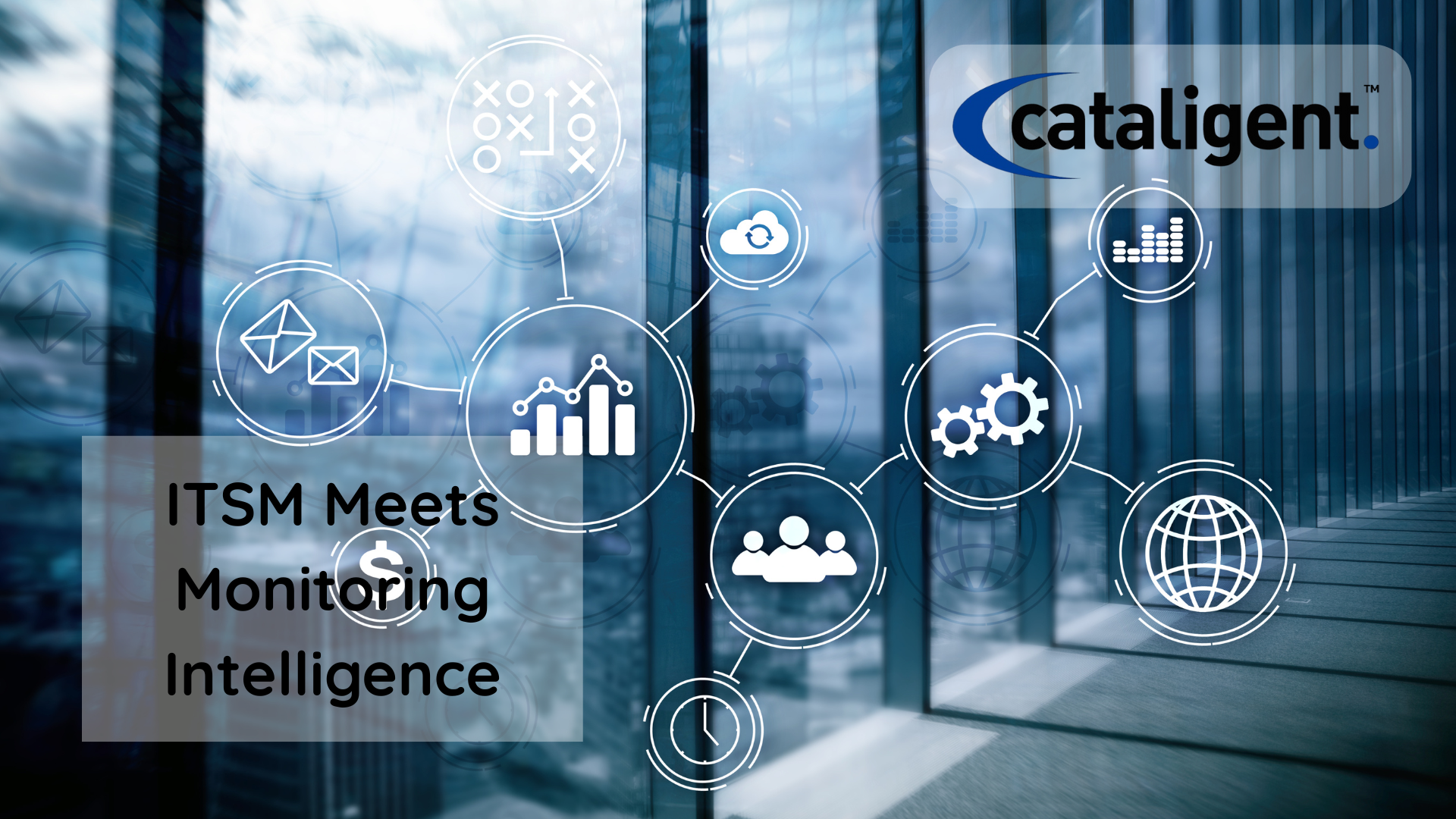Introduction
In the modern IT landscape, seamless service delivery and operational efficiency are top priorities. One of the most effective ways to achieve this is by integrating IT Service Management (ITSM) with monitoring and alerting tools. These tools provide real-time visibility into system performance and issues, while ITSM platforms manage the lifecycle of IT services. The synergy between monitoring systems and ITSM frameworks results in faster incident resolution, improved service reliability, and enhanced user satisfaction.
Importance of Integration
Organizations operate increasingly complex IT environments where downtime and performance issues can significantly impact business operations. Without integration:
- Alerts may go unnoticed or be manually reported
- Incident response times are delayed
- Redundancies and miscommunication may occur
By integrating monitoring tools with ITSM, organizations can:
- Automate ticket creation from alerts
- Streamline incident escalation workflows
- Enable faster root cause analysis
- Maintain comprehensive audit trails
Key Benefits
1. Real-Time Incident Response
Monitoring tools like Nagios, Zabbix, Datadog, or Prometheus can detect anomalies instantly. When integrated with ITSM platforms such as ServiceNow, Jira Service Management, or BMC Remedy, alerts automatically generate incidents.
Benefits:
- Reduces manual effort
- Minimizes Mean Time to Resolution (MTTR)
- Improves accountability and tracking
2. Improved Visibility and Control
Combining the data from monitoring tools with ITSM dashboards gives IT teams a holistic view of system health and service status. This leads to better-informed decisions and proactive incident management.
3. Proactive Problem Management
Historical data from monitoring tools can identify recurring issues. When integrated into problem management within ITSM, this enables root cause analysis and long-term fixes.
4. Enhanced Change Management
Monitoring systems help verify the impact of changes post-deployment. If performance issues are detected, integration allows automatic incident logging and rollback if necessary.
5. SLA Compliance
Automated ticket creation and categorization ensure incidents are tracked accurately, helping teams meet Service Level Agreements (SLAs).
Integration Approaches
API-Based Integration
Most modern monitoring and ITSM tools offer robust APIs, allowing data exchange and automation of workflows.
Webhooks and Event Management
Webhooks can trigger actions in ITSM platforms when specific events occur in monitoring tools.
Middleware Platforms
Tools like Zapier, Microsoft Power Automate, or custom middleware can bridge the gap between systems without native integrations.
Common Use Cases
- Automatic incident creation when a server goes down
- Priority escalation for critical alerts from monitoring systems
- Automatic updates and closure of tickets when issues are resolved
- Performance trend reporting tied to service components in the CMDB
Best Practices
- Define clear integration workflows and escalation policies
- Ensure alerts are prioritized and deduplicated to avoid noise
- Regularly test integrations for accuracy and reliability
- Maintain compliance and data security across tools
Challenges and Considerations
- Alert fatigue due to over-sensitive thresholds
- Integration complexity in hybrid environments
- Data consistency and proper mapping between systems
- Training staff on using integrated tools effectively
Future Trends
- AI-driven alert management for better prioritization
- Unified dashboards combining ITSM and monitoring metrics
- Greater use of predictive analytics to anticipate incidents before they occur
Conclusion
Integrating ITSM with monitoring and alerting tools is no longer optional—it’s essential for efficient, responsive, and data-driven IT operations. This integration not only enhances visibility and reduces downtime but also lays the foundation for a more proactive and resilient IT service environment. By leveraging automation, analytics, and real-time data, organizations can transform their service management approach and deliver exceptional value to both users and stakeholders.

